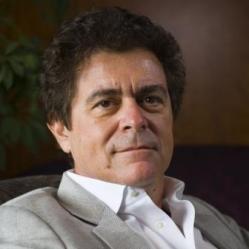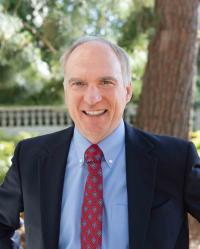

Research
BPEA | Spring 2008


Spring 2008
Questions of the effectiveness of economic policy reform are
inseparable from the political economy factors responsible for distortionary
policies in the first place. Distortionary policies are more likely to be adopted
where politicians face fewer constraints. Hence reform should have modest
effects in societies where the political system already imposes strong constraints,
and in societies with weak constraints, because it does not alter the
underlying political economy. Reform should be most effective in societies
with intermediate constraints. Furthermore, effective reform in one dimension
may lead to deterioration in others, as politicians address the underlying
demands through other means—a phenomenon we call the seesaw effect. We
report evidence that central bank reforms reduced inflation in countries with
intermediate constraints but had no or little effect where constraints were
strong or weak. We also present evidence consistent with the seesaw effect: in
countries where central bank reform reduces inflation, government expenditure
tends to increase.